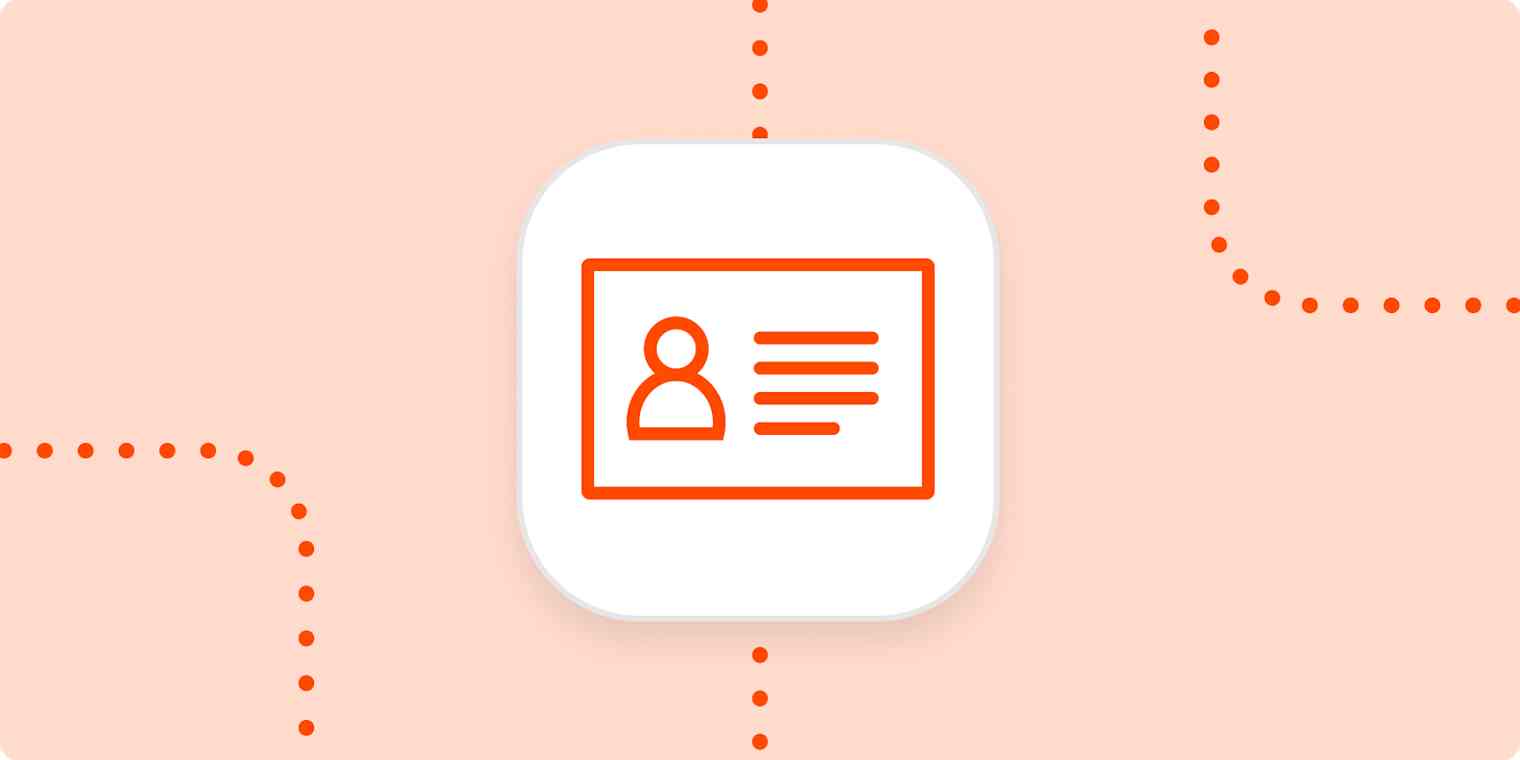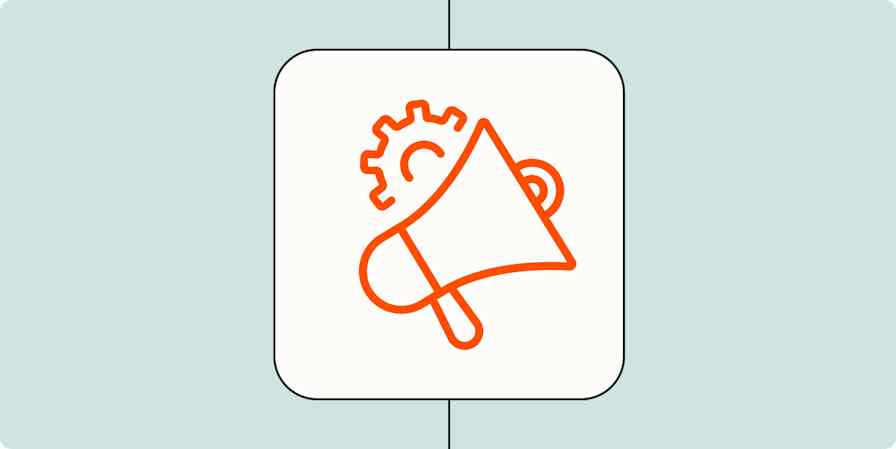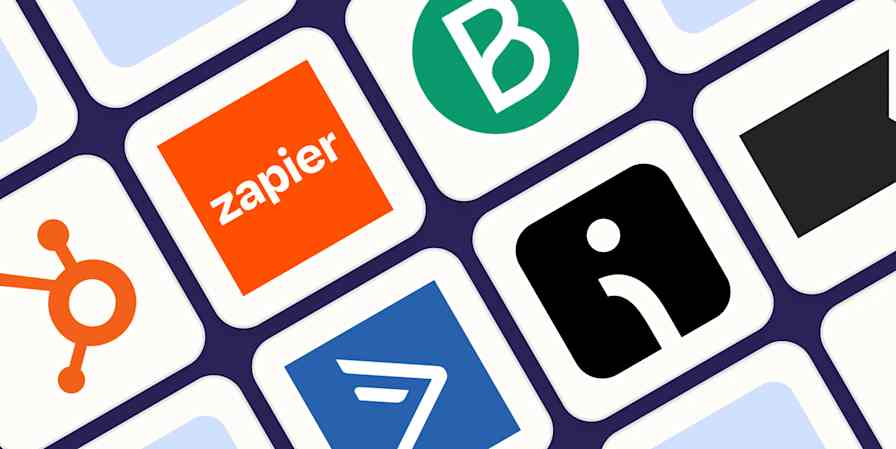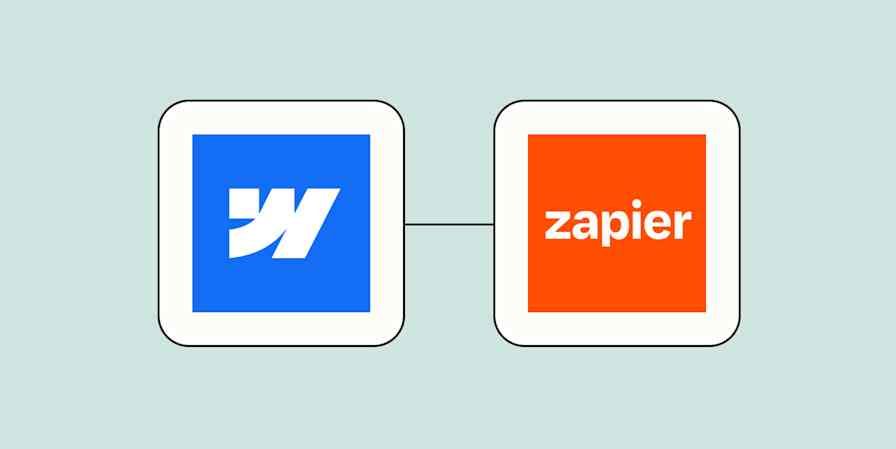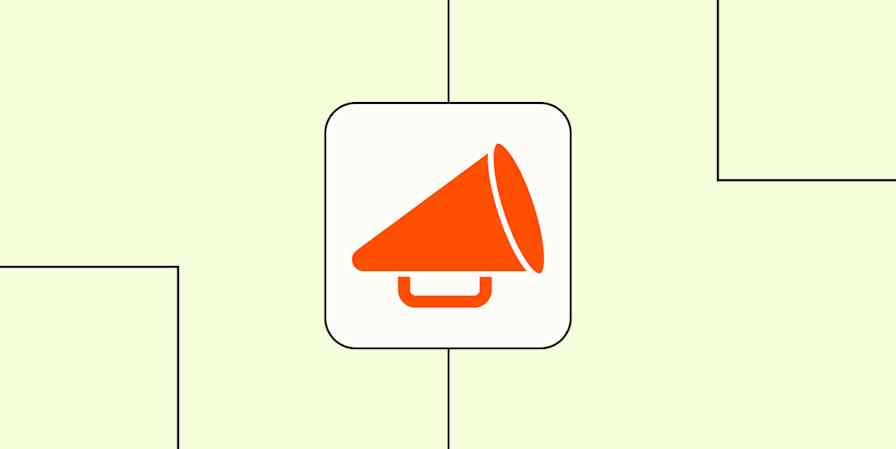We're all hungry to serve our customers and reach more people who could benefit from what we have to offer. As a product marketer at Zapier, I can help do that by deepening our understanding of what different people need from our product—and how we can teach them about it.
Zeroing in on your market is the best way to make sure you're creating products that a specific audience actually wants, then talking about them in the right way. It can also help you do things like project revenue and discover new customer needs.
Lucky for me, I can't teach you how to do my job in a single blog post, but here's a quick crash course in defining your market.
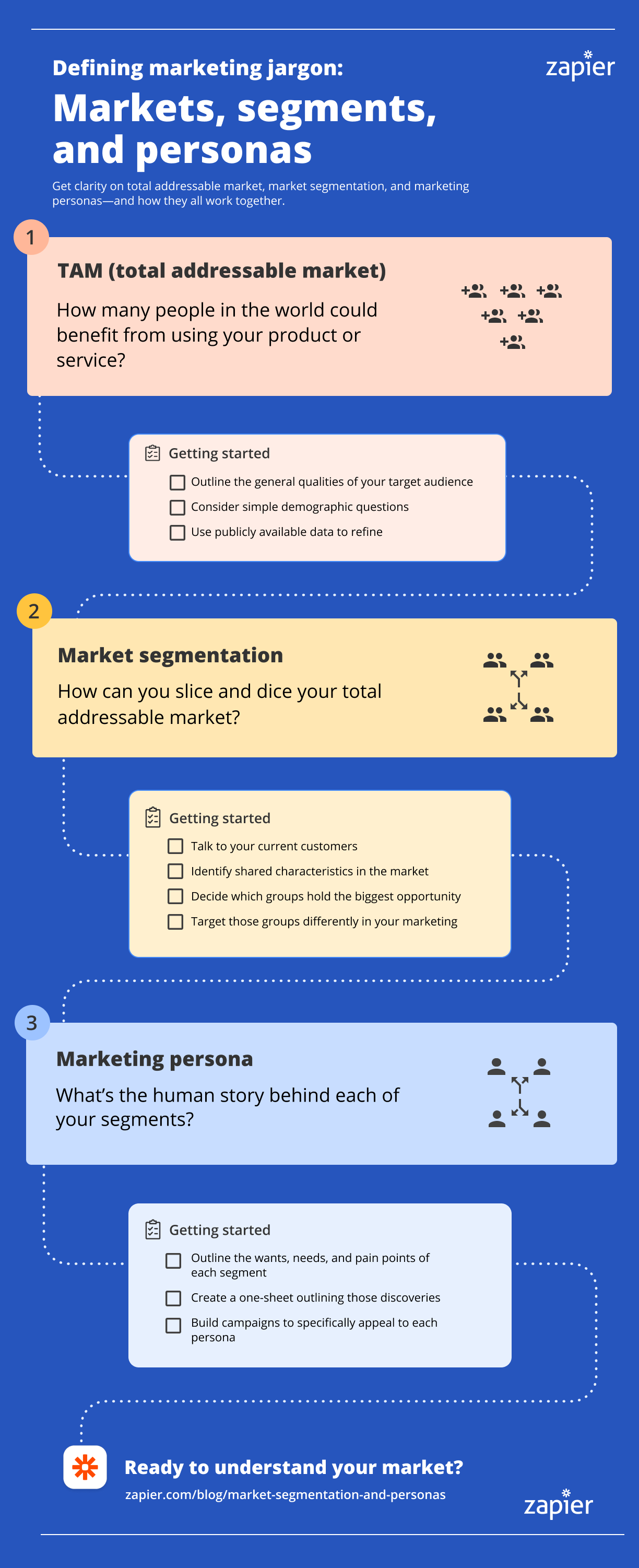
What is TAM (total addressable market)?
TAM translates to "total addressable market" (we lovingly call it ZAM, for "Zapier addressable market," within our team). Establishing your TAM is a way for you to understand how many people in the world could benefit from using your product or service, along with the revenue opportunity of actually getting those people to use and succeed with your business.
TAM is the biggest umbrella that you can use to understand your target customers. In the B2B world, for example, it's often based on taking big cuts of industries, job types, and business sizes that are good fits for your product or service. TAM purposely doesn't dive into the more specific needs and characteristics of a market.
Figuring out your total addressable market will allow you to:
Get a broad idea of the groups that you're trying to reach with your marketing and build your business for
Understand where you have opportunities compared to competitors in the market
See a general picture of how big the total revenue opportunity is in the market that you're serving
To find your TAM, you'll need to start with a general understanding of what qualities your target customer might have. What must be true about someone for them to be able to use your product or service?
For example, because Zapier integrates different software tools, we focus on people who have some control over the software they use at work.
Consider some simple demographic questions. Are your target customers solo entrepreneurs, or are you selling to larger companies? Are you focused on a specific geographic location like Canada? Are there any characteristics that must be true about them—like owning a dog for your custom puppy sweater business, or owning an Apple device for your new mobile game—to be a good fit for your product?
From there, look for publicly available data that'll give you some pieces of the puzzle. We like the U.S. Bureau of Labor Statistics for demographic info, but some Google sleuthing should help you discover specifics. You'll also want to factor in things like repeat purchases and risks to your market share. Don't worry if it's not perfect; get as close as you can, and err towards conservative estimates.
Your TAM output might look like this:
More than 63 million U.S. households own at least one dog. We believe that by focusing on Instagram advertising around the holidays, plus strategic retailer partnerships, we can reach 2% of those households each year. With a revenue of $25 on every sweater sold, and an average of 1.2 sweaters ordered per household, we can reach over $37 million in annual revenue.
It's not particularly actionable at this point, but it's the first step in the process, allowing you to confidently research and get closer to a more focused target market.
What is market segmentation?
Once you have your total addressable market, you'll want to slice and dice. That's market segmentation: a quantitatively driven effort to cut your total addressable market into specific slices of people who you can engage with your marketing efforts.
Market segments are groups of people built around shared demographics, psychographics, firmographics, purchase behaviors, preferences, awareness—or any other factor you think makes sense for your audience. They'll help you decide where to focus first since your total addressable market is too big to tackle all at once.
The point of market segmentation is to identify the size and nature of the opportunities for your business in the market. There are two particularly important sets of market segments to pay attention to:
Core market segments: One or more segments that can largely meet your product where it is today, where you have a great product-market fit and a right to win. These are the segments you'll probably want to target first, because they'll help you build the momentum and capital to reach your growth segments.
Growth market segments: These are segments that represent possible opportunities and next steps if you take action to pursue them (action might take the form of marketing campaigns, product/feature development, positioning, or something else).
Market segmentation is part science and part art. You need to determine the most important criteria for gaining a deep understanding of your market by surveying and talking to your current customers: what do the best ones have in common? Then go identify those characteristics in the market.
From there, you back up your segmentation criteria with quantitative analysis to get to meaningfully distinct groups. This piece requires specialized statistics know-how to do right—and it's probably overdoing it if you work in or run a small business—but if it's a step you'd like to take, you should consult a data scientist or agency partner.
Even without the heavy stats, though, market segments add some numbers-based groupings to your understanding of your potential customers. Here's what you can expect to do after successful market segmentation:
Think more clearly about groups of potential customers who, according to quantifiable factors, you can market to in similar ways.
Decide which groups hold the biggest opportunity based on things like consumer needs, how well they're served, how likely they are to buy, and how many people exist in the group.
More reliably target the right groups of people with your marketing efforts. Shared characteristics within your segments help you reach those people in the right advertising channels and with content that resonates, for example.
Distinguish between who you target today and who you should target in the future.
Ultimately, you'll use market segments to more intelligently and efficiently target your marketing messages and spend.
Other types of segmentation
Market segmentation is just one example of segmentation, and it's important to distinguish it from other types. For example:
Email segmentation. Email or list segmentation refers to filtering down the number of people who receive an email based on their email subscription preferences and a single or set of data points. List segmentation can be wide or specific, depending on the situation, and it's generally linked to existing customers, not a group of potential customers in the market.
In-product segmentation. In some cases, marketing and product teams may slice an existing user base into segments based on their activity with the product. Like list segmentation, this is just for existing customers.
Lifecycle segmentation. In some cases, you might want to identify the stages of customers' journeys, so that you can think more clearly about what brings them to that particular point and how you can help them progress. When you split people into groups based on their interactions with your business, that's called lifecycle segmentation.
What is a marketing persona?
Segments show you statistically significant data and averages about different groups in your market, breaking TAM down into something more targeted. But they don't show you the faces behind those numbers.
Marketing personas enrich segments: they humanize each segment with a story arc and backstory. They help you understand the wants and needs of your segments on a deeper level and can reveal things like their experiences, goals, and motivations. Usually, each segment will have one marketing persona associated with it, but you might have a need for multiple personas per segment depending on your business.

While marketing personas are expressed qualitatively—usually in the form of a one-sheet profile with more depth behind each high-level trait—those aspects are backed by numbers. The quantitative layer on marketing personas may not be as heavily instrumented as the work you do to define segments, but it will help you make sure that these marketing personas are significant in the market.
Keep in mind that marketing personas shouldn't be used on their own to make product decisions. While marketing personas will enrich your understanding of people in the market who could benefit from your product or service, they're not guaranteed to reflect your current customer base.
Instead, use marketing personas as a data point. If it converges with other findings about your current customers, that's a strong signal.
Marketing personas are great for:
Understanding the people you're marketing to on a more personal level, including their wants, needs, pain points, and the context they come to your business with
Honing your product positioning by breaking segments down into major actors with more specific roles, needs, or team dynamics
Learning what people in the market want from a product or service like yours
Developing top-of-funnel pages, campaigns, and content for the early customer journey
Building a bridge that internal teams can use to understand how customers will interact with your business at each stage of the funnel
Basically, you'll build marketing personas to help understand your segments on a more personal level. In an ideal world, teams like advertising, content marketing, and programs marketing will build campaigns to specifically appeal to these marketing personas.
Marketing persona vs. buyer persona vs. user persona
You might see the terms marketing persona, buyer persona, user persona, and customer persona used interchangeably, but there are differences. Every organization has their own flavor, but here's one mental model:
Marketing personas focus on the people in your market who may or may not have discovered your business yet (new and underserved audiences). You're trying to convince them of the value of the product by building marketing campaigns for them. Marketing personas are, unsurprisingly, used primarily by marketing teams.
Buyer personas focus on the people who would actually make the decision to purchase the product or service, plus anyone who's influential in that decision. Buyer personas are used primarily by sales teams and sometimes marketing teams.
User personas focus on the people who are already using your product, digging deeper into how they use the product and where they struggle. Also called customer personas, they give you insight into how to optimize the product for the people who show up. These personas are used by any team that's able to shape the product itself.
| Marketing personas | User personas | |
|---|---|---|
| Focus on... | People in the market, who have not signed up for or purchased your product or service yet | People who just became aware of your business or are already customers |
| Used to... | Humanize your market segments and craft appealing messaging for each group | Build empathy with customers and guide product improvement |
| Describe... | Wants, needs, motivations, expectations, general behaviors, pain points, jobs to be done | Mental state, behavior within the product, hurdles, points of confusion, jobs to be done |
| Based on... | Qualitative interviews completed within your market segments | Marketing personas, user interviews, and interviews with people in the "awareness" |
The choice is yours: either start broad and build marketing personas that get enriched over time with information about how those personas experience your product, or start with user personas with an intent to learn about how similar people act in the market. Whichever point you start from, I'd strongly encourage you to make sure these persona types match up in your business.
But in the end, you want to build personas in the way that serves you best. Don't worry about what you call them—there's no model to rule them all.
By understanding your market, you'll feel confident that you're building something people want—and that your audience will be able to find, understand, and use what you're creating.
